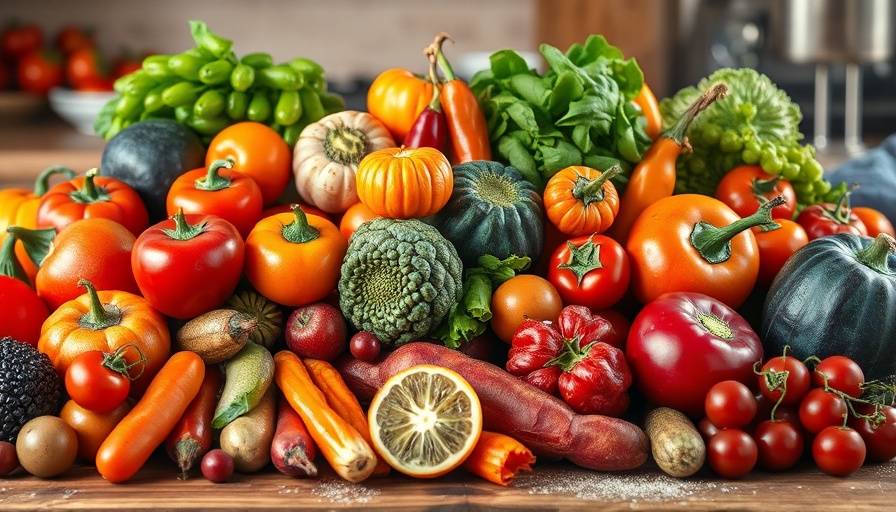
Understanding Healthy Food Production
Producing the healthiest foods imaginable requires a deep dive into sustainable agricultural practices. With the growth of global populations and escalating environmental challenges, the methods we use to cultivate our food can have profound implications on our health and the planet. By prioritizing eco-friendly techniques, farmers and consumers alike can contribute to a healthier dining experience that nourishes both body and earth.
The Rise of Regenerative Agriculture
One of the cornerstones of healthy food production is regenerative agriculture, a restorative approach that focuses on rebuilding soil health and ecosystem vitality. Unlike conventional farming methods, which can strip the earth of nutrients, regenerative practices such as cover cropping and rotational grazing advocate for a symbiotic relationship between crops and livestock. This system not only enhances soil productivity but also serves as a potent strategy to combat climate change by sequestering carbon in the soil.
Benefits of Embracing Plant-Based Diets
Shifting towards a plant-based diet is another vital practice for health-conscious individuals. Not only does this dietary change significantly reduce greenhouse gas emissions associated with meat production, but it also promotes personal health by mitigating risks of chronic diseases. As more restaurants embrace plant-forward menus, consumers can relish delicious and nutritious meals that are good for both their health and the environment.
Innovative Solutions to Minimize Food Waste
The issue of food waste contributes significantly to environmental degradation, so innovative solutions are crucial. Upcycled foods, which transform byproducts into nutritious products, are a prime example. By utilizing leftover grains from breweries to create healthy snack options, we not only decrease waste but also enhance the sustainability of our food system.
Precision Agriculture: A Game Changer
The advent of precision agriculture technologies is transforming how we grow food. By leveraging drones and AI, farmers can tailor their use of resources—such as water and pesticides—to specific crop needs, thus minimizing waste and enhancing yields. This intelligent farming approach is pivotal for producing healthier food while reducing environmental footprints.
Engaging with Local Sourcing
Finally, hyper-local sourcing offers an effective method to connect eaters with their food. By sourcing ingredients from nearby farms, food providers contribute to the local economy while promoting freshness and reducing carbon emissions from transportation. This practice also fosters community ties, allowing consumers to appreciate the origins of their food.
Conclusion
As we advance in understanding sustainable food production, it’s clear that these practices not only contribute to healthier food but also promote overall environmental well-being. By supporting regenerative agriculture, embracing plant-based diets, innovating against food waste, utilizing precision agriculture, and opting for local sourcing, we can collectively lead the charge towards a healthier, more sustainable future.
 Add Row
Add Row  Add
Add 



 Add Row
Add Row  Add
Add 

Write A Comment